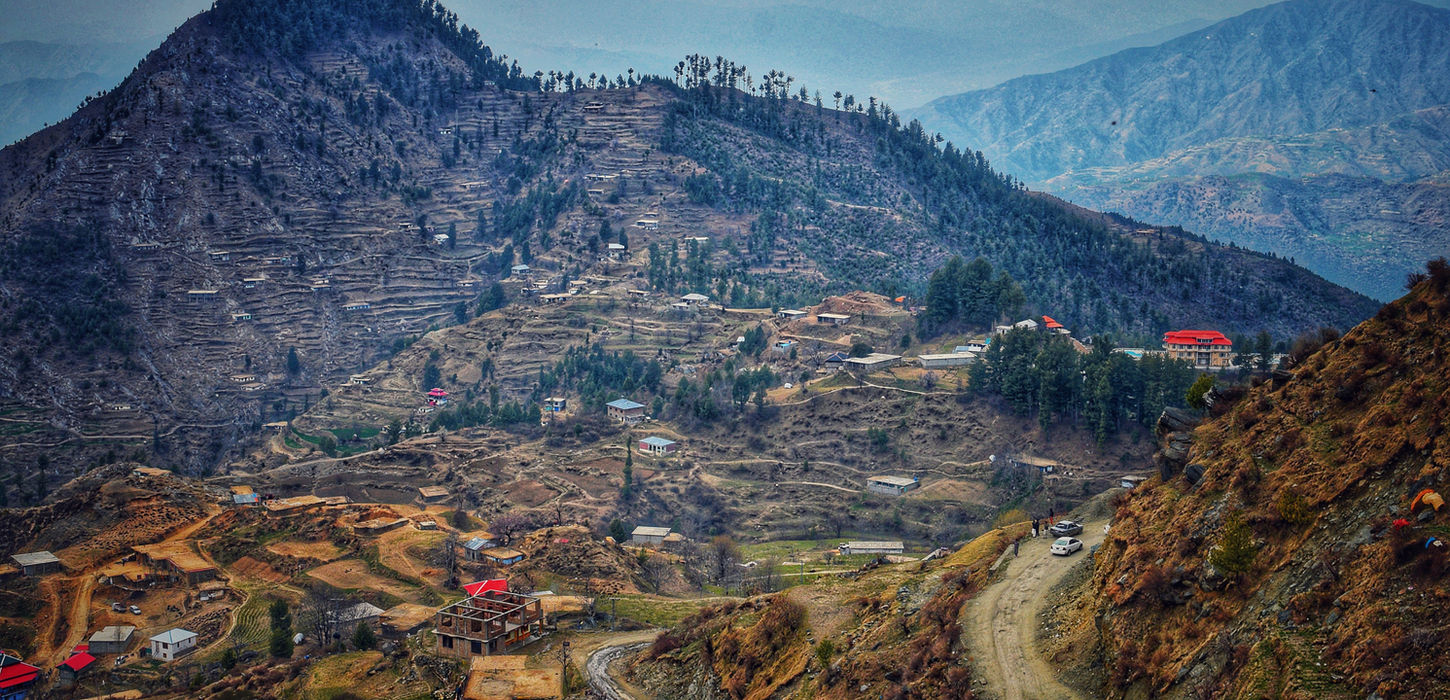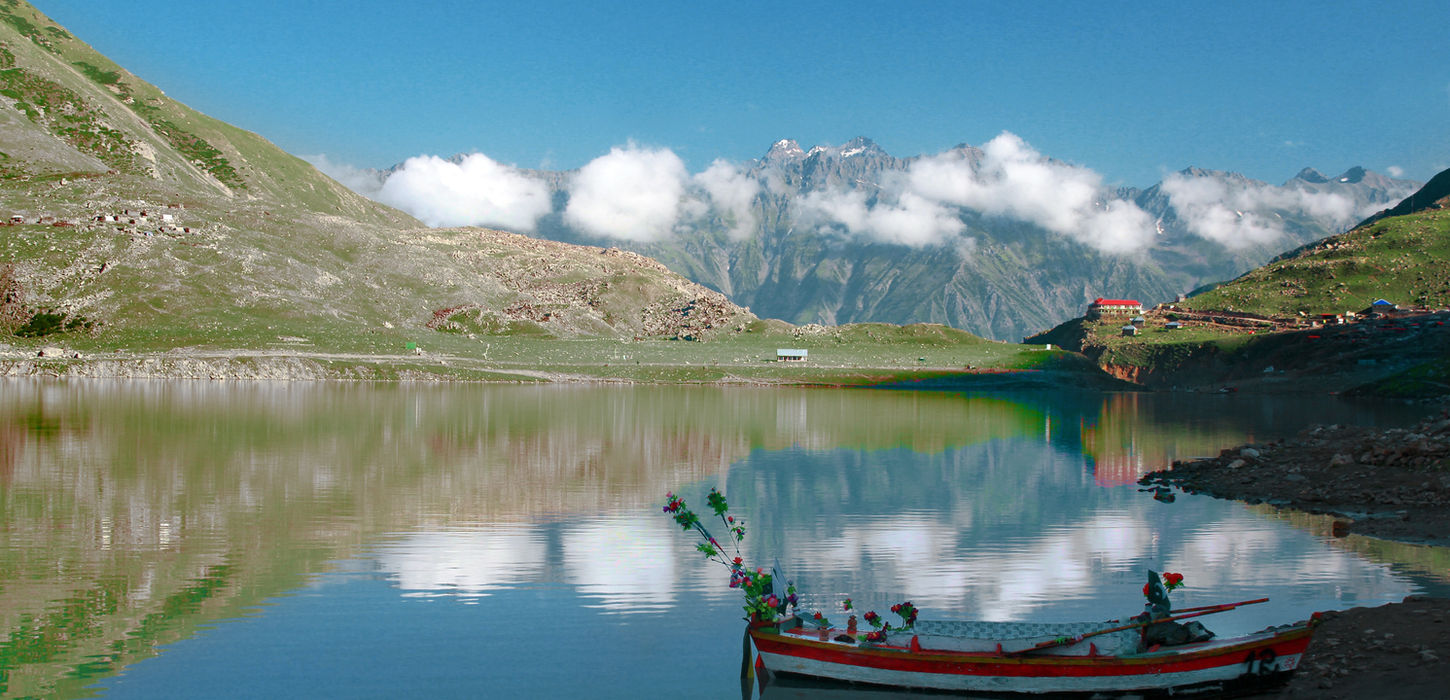LEARN MORE ABOUT THE URDU LANGUAGE

Urdu Language Services
Volatia is a leading provider of professional Urdu language translation and interpreter services. Whether you are in the United States or anywhere else in the World, Volatia is uniquely capable of bridging all of your Urdu translations and interpretations.
The secret sauce is our proprietary technology, coupled with our vast network of professional Urdu translators and interpreters.

Over 18,000 Interpreters are available on demand. Simply download our app or call our language line to access interpreters in more than 300 languages, including American Sign Language, 24/7/365. You can also schedule an interpreter for an in person meeting through terpX or by calling 877-VOLATIA or emailing customerservice@volatia.com.
The effort of translating your written materials demonstrates your commitment to foster diversity, equity, and inclusion in all of your business relationships. Volatia can help you turn every written message into the language your customers understand.
Unleash your team with terpX, the most user-friendly and comprehensive Interpreter management and scheduling platform. This proprietary technology is designed with purposeful automations for organizations that provide or manage interpreter services on demand.
DEI Consulting
Diversity, equity, and inclusion are no longer optional dimensions for any business. Volatia guides your organization to develop and implement a language access program that ensures equitable communications for your customers, workforce, vendors, and partners.
Solutions We Provide
Simplified Procurement
24 / 7 / 365
300+
18,000+
99%
20+
Why Choose
VOLATIA
Urdu or Modern Vernacular Urdu is the standard.
Spoken Urdu and Hindi are essentially the same, as both retained the Indo-Aryan grammar and vocabulary.
Both spoken languages branched from Hindustani, which first developed as a lingua franca in the area called Hindustan, the land (valley) of the Indus river. Because of that Urdu and Hindi speakers can understand each other if they refrain from using literary vocabulary.
Urdu is written in a Persian script called Nastalik and some borrowed Chagatai (South of India), a Turkic language from Central Asia. Urdu and Turkish both borrowed from Persian and Arabic.
Thanks to Bollywood movies, Hindustani has regained much popularity lately, after a great divide where there was a movement to hyper-persianize Urdu, while there was another to hyper-sanskritised Hindi.
Dakhni
South region of India
Dhakaiya
Maharastra, Telangana, Andhra Pradesh and Karnataka. Also spoken in Old Dhaka, Bangladesh, but it is declining. The Urdu spoken by Pakistanis in Bangladesh is different.
Urdish
It's a code switching that mixes Urdu and English, being incorporated since 2015 in the school's curriculum.
Rekhta
An early form of Urdu
Urdu Dialects
Greeting Norms
Aap kese hain - How are you?
Aap ka khandan kesa hay - How is your family
Khush amidid - Welcome
Assalam 'alaykum -Hello
Ap ka nam kya hai -What's your name?
Ap se milker khushi huwi! -Pleased to meet you
Subha bakhair -Good morning
Roz bakhair - Good afternoon/evening
Shab bakhair - Good night
Khuda hafiz - Goodbye
Personal Space and touching
Among Urdu speaking Muslins, there is still much pressure to maintain honor in all levels. Purdah (seclusion, concealment or unsociability of women) still exists, but to varying degrees, either to protect the husband's honor or the honor of her father's family.
Eye contact and gestures
Urdu speakers, the majority Muslims, rarely make eye contact or touch each other if not of the same gender. A man making eye contact with a muslin woman means he is interested in her, while in between men it means "I'm telling you the truth".
Urdu Culture Reference Guide
Pakistan
Urdu is the official language in Pakistan together with English. In Pakistan there are about six dozen languages and Urdu is supposed to unite people through this language variety.
It is a scheduled language in several states of India: Bihar, Delhi, Jammu and Kashmir, Uthar Pradesh, Telangama and West Bengal.





